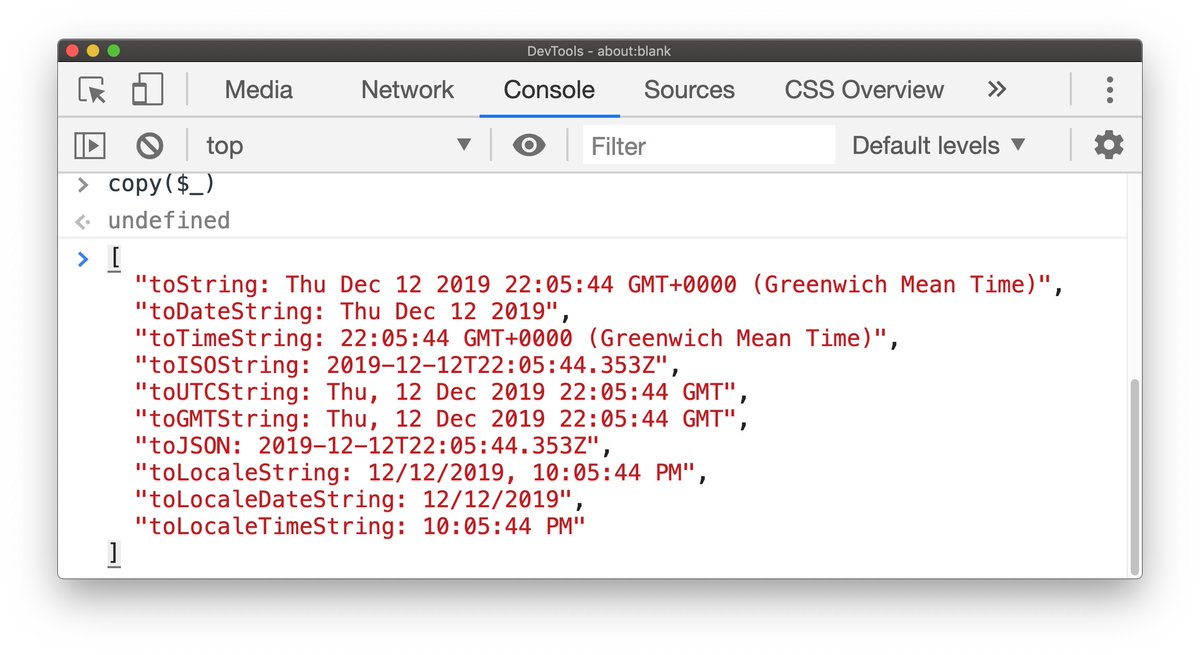

I couldn’t share what I’m sharing without their help. I apologize if this was too much to grok in a single post, but don’t worry we’ll be covering these topics much more in the near future! Follow these MLE JS Experts

Managing Environments and Call Specifications, creating Debug Specifications, debugging snippets, generating dependency diagrams, and much much more. Oh heck no, there’s a lot more to show off.
#JAVASCRIPT SNIPPETS DRIVER#
We’re not using a 23c JDBC driver (yet), TRUE comes base as 1 and FALSE as 0. It’s very convenient for this example that BOOLEAN is a native type in SQL now, and also we don’t have to use a ‘FROM DUAL’ to invoke the function. Calling the JS Module via SQL invoking a PL/SQL Function

Now that the module is in the database, it can be called from say, a PL/SQL function. Once it’s compiled, you can refresh the list to the left, to see the new module appear. Once the editor is populated, put in the name of the module you want to save it as, and hit the ‘save’ button. In the editor panel, not the snippets, click the ‘Open File’ button and point to the one you created or downloaded in Step 1. Step 2: Login as MLEJS and go to the MLE JS screen. I grabbed it from the same place as Martin,. We’re going to import the open source validateor.js library and emloy the ‘isEmail()’ function.Īnd we’re going to do that with SQL Developer Web. This next bit is a direct lift from Martin’s post here on Oracle Blogs. If you’re going to hit a HTTPS site, you may need to create a wallet on the database server and add the necessary Trusted Certificate, but that’s a different post. My database user, MLEJS, gets to use HTTP, but only for localhost, and only on ports 8080 – to 8888. This permission is granted via the DBMS_NETWORK_ACL_ADMIN PL/SQL API.Īce => xs$ace_type (privilege_list => xs$name_list ( 'http' ) , The database user needs permission to make a network request. There may be another reason this doesn’t work for you, network security in the database is preventing you from doing the actual fetch. I tried to import mle-js-fech, oops! But I can see the DBMS_MLE.CREATE_CONTEXT() call. How do you know what went wrong? Well in the error stack, you can see the actual database call we’re making.
#JAVASCRIPT SNIPPETS CODE#
Perhaps I gave you bad code or you fat-fingered something. If I were JavaScript proficient, I’d write some more JS to pull out a particular attribute from that JSON response, but I’m OK to leave it here, and let you folks use YOUR JavaScript skills to do what needs to be done. The snippet editor allows you to forget about SQL and PL/SQL for awhile, and just stay in the JavaScript Universe. In the background, we’re constructing a PL/SQL block of code to invoke the DBMS_MLE package for you.

So the database itself is calling out to the HTTP site, and it’s doing that by leveraging the JavaScript Fetch API. I’m hitting a REST API, it just so happens to be on the same machine as my database… We’re currently updating our parser, version 23.2 won’t print those syntax issue indicators. I’m taking the response, and I’m formatting it, then printing it, with everyone’s friend, console.log.Ĭopy and paste that code into the Snippet editor, and hit ‘Execute.’ Well…first you’ll need a valid REST API, and you’ll need an ACL defined to allow your user to access said REST API. In this case I’m doing a simple GET.īookmark this mle-js-fetch resource, our partial implementation of the Fetch API in the Oracle Database. It allows the database to EASILY call out to a network resource via HTTP/HTTPS and GET, PUT, POST, PUT…stuff. That library we’re importing, ‘mle-js-fetch’ – is a miracle worker. We’ll be talking about Martin again later in this post 🙂 Let’s look at a snippet first –Ĭonst fetchUrl = " const answer = await fetch(fetchUrl).then(response => response.json()) Ĭonsole.log(JSON.stringify(answer, undefined, 4)) In SQL Developer Web, we have a MLE JS editor you can use to work with Modules OR Snippets. If you don’t have a formal program to be stored in the database to be reused later, but you do have some JavaScript goodies you want to run more ad hoc, then snippets are going to be your friend. You can fix this by running this script – Database Tools Support for MLE JS JavaScript ‘Snippets’
#JAVASCRIPT SNIPPETS FREE#
There’s a small bug in the Free Developer Release, those last two exec grants should already be available via the DB_DEVLEOPER_ROLE. P_auto_rest_auth => FALSE ) COMMIT END /ĭid you catch the new 23c role, DB_DEVELOPER_ROLE? It’s documented in the 23c Security Guide. Grant EXECUTE dynamic mle TO mlejs - ENABLE REST BEGIN Grant RESOURCE, db_developer_role TO mlejs


 0 kommentar(er)
0 kommentar(er)
